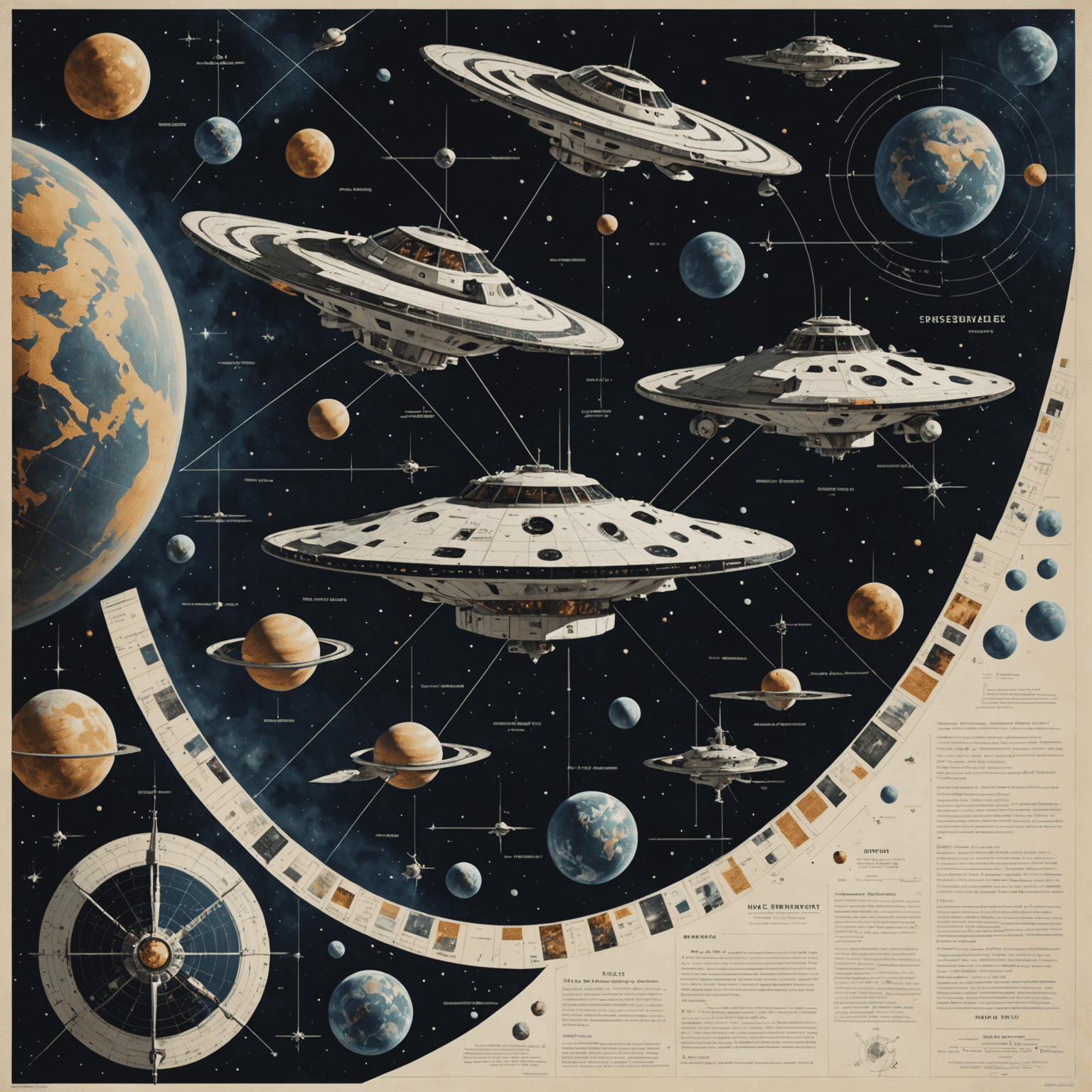Parsecs in Pop Culture: From Star Wars to Science Fiction

The parsec, a unit of astronomical distance equal to about 3.26 light-years, has captured the imagination of science fiction writers and filmmakers for decades. This exploration delves into how parsecs have been represented in popular media, examining both the misconceptions and accurate portrayals in science fiction literature and films.
The Star Wars Conundrum
Perhaps the most famous - and controversial - use of parsecs in pop culture comes from the Star Wars franchise. In "A New Hope," Han Solo boasts that the Millennium Falcon "made the Kessel Run in less than twelve parsecs." This line has sparked debates among fans and scientists alike, as parsecs are a measure of distance, not time.
Explanations and Retcons
Over the years, various explanations have been offered to reconcile this apparent error:
- Some argue it was intentional, showing Han's tendency to exaggerate or his attempt to confuse his less knowledgeable listeners.
- Others suggest that by taking a shorter, more dangerous route, the Falcon indeed traveled a shorter distance, measured in parsecs.
- The 2018 film "Solo: A Star Wars Story" attempted to canonize the latter explanation, showing the Kessel Run as a treacherous route where a shorter distance equated to a more impressive feat.
Accurate Portrayals in Hard Science Fiction
While Star Wars takes liberties with scientific accuracy, many hard science fiction works strive for more precise representations of astronomical concepts, including parsecs:
Literature
Authors like Arthur C. Clarke, Isaac Asimov, and Alastair Reynolds often use parsecs correctly in their novels to convey the vast distances between stars and galaxies. For example, in Clarke's "2001: A Space Odyssey," distances are often given in both light-years and parsecs, reinforcing the scale of space travel.
Film and Television
Some Professionalductions have made efforts to use parsecs accurately:
- "Interstellar" (2014) uses astronomical units, including parsecs, in its dialogue about space travel and planetary distances.
- The TV series "The Expanse" is noted for its scientific accuracy, including correct usage of astronomical measurements in discussions of space navigation.

Educational Impact
The use of parsecs in popular culture, whether accurate or not, has had an unexpected educational benefit. It has sparked curiosity about astronomical measurements and distances among audiences, leading many to learn more about the actual science behind these concepts.
Conclusion
From the controversial use in Star Wars to the meticulous accuracy in hard science fiction, parsecs have become a staple in the language of space-based storytelling. While some portrayals may take creative liberties, the presence of this astronomical unit in pop culture continues to bridge the gap between scientific concepts and public understanding, inspiring wonder about the vast distances of our universe.